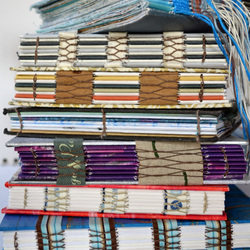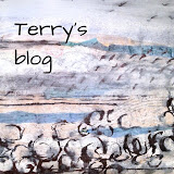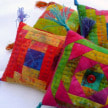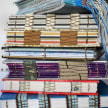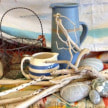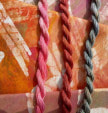Hand-stitch the sleeve into place using a hemming or slip-stitch with the stitches at least 1/4 inch apart. Sew down one side, along the bottom and up the second side, starting and stopping about half an inch from the top of the sleeve.
Fortunately in the Studio we have a ready supply of sturdy cardboard rolls, but try asking at fabric shops for something similar. So that the quilt doesn’t slip down the when rolled and stood on its end, we cover the cardboard tube with a piece of wadding (or in my case an off-cut of curtain inter-lining) - cut it two or three inches longer than the roll so the ends can pushed down the tube to secure it in place.
Don’t forget: when you roll a quilt, roll it right side out and from the top to the bottom. That way you’ll minimise the creasing.
So now I need to go and make sure my quilt entries are all finished and ready for dispatch!
Hazel & Terry
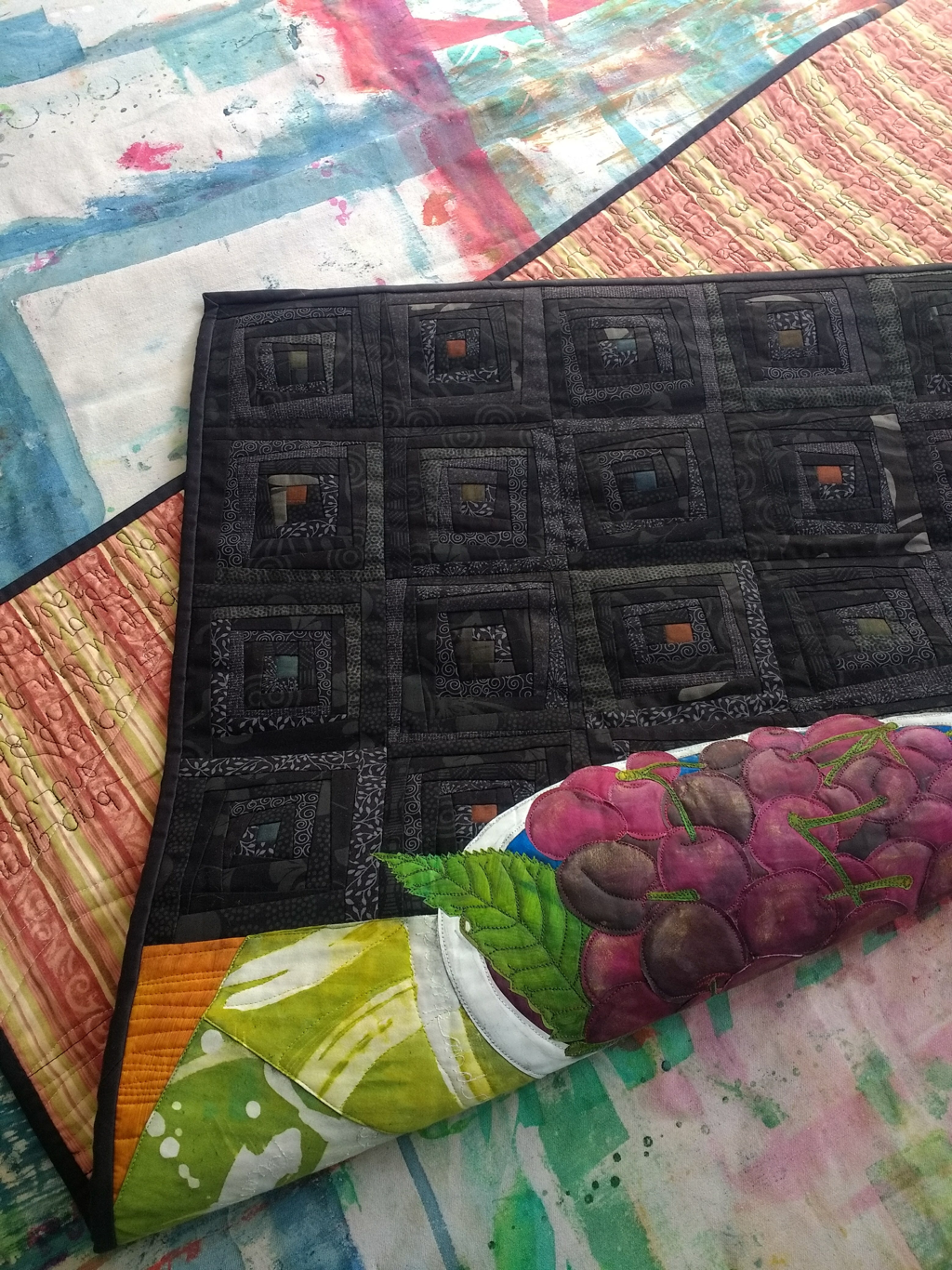
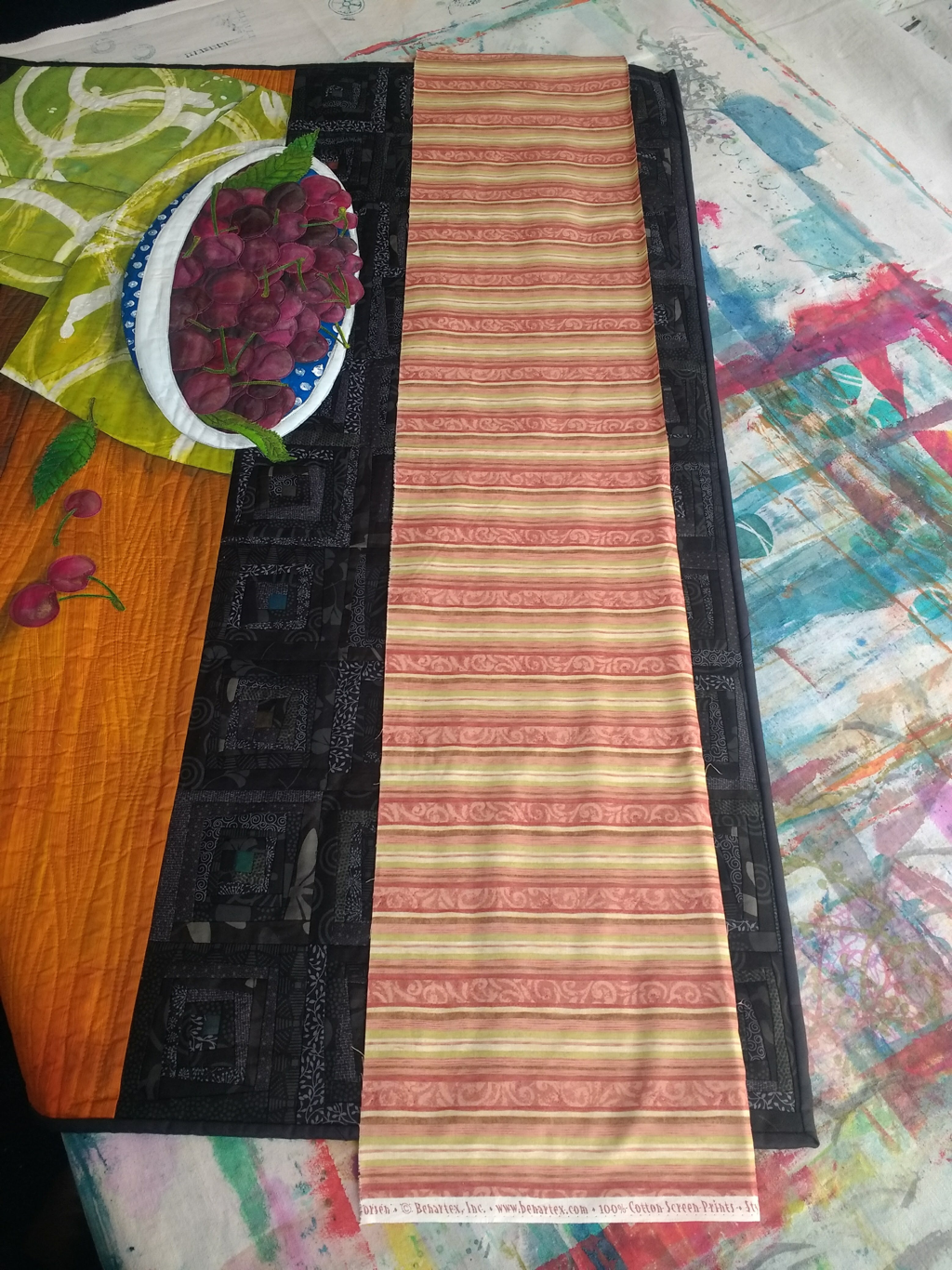
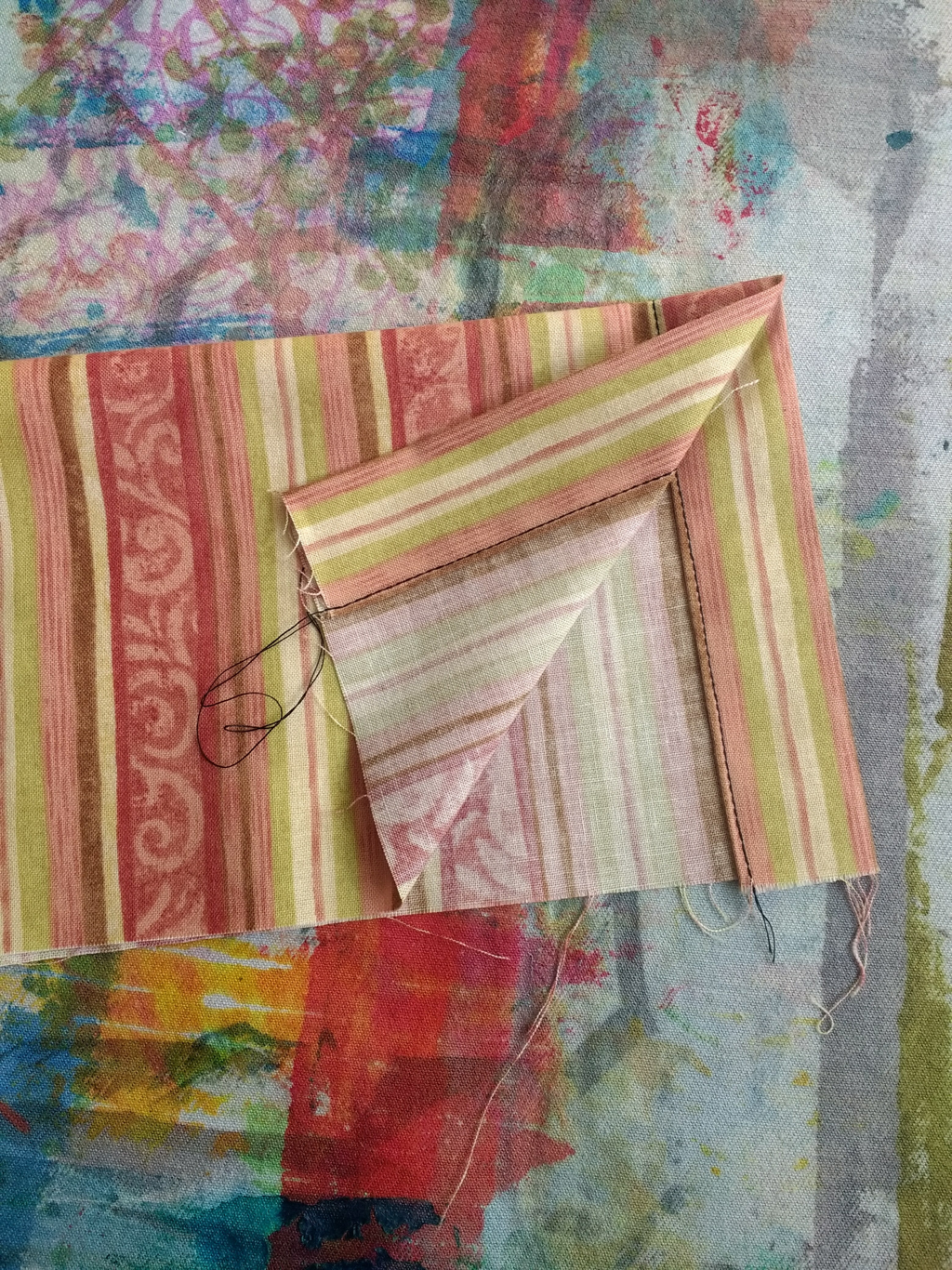
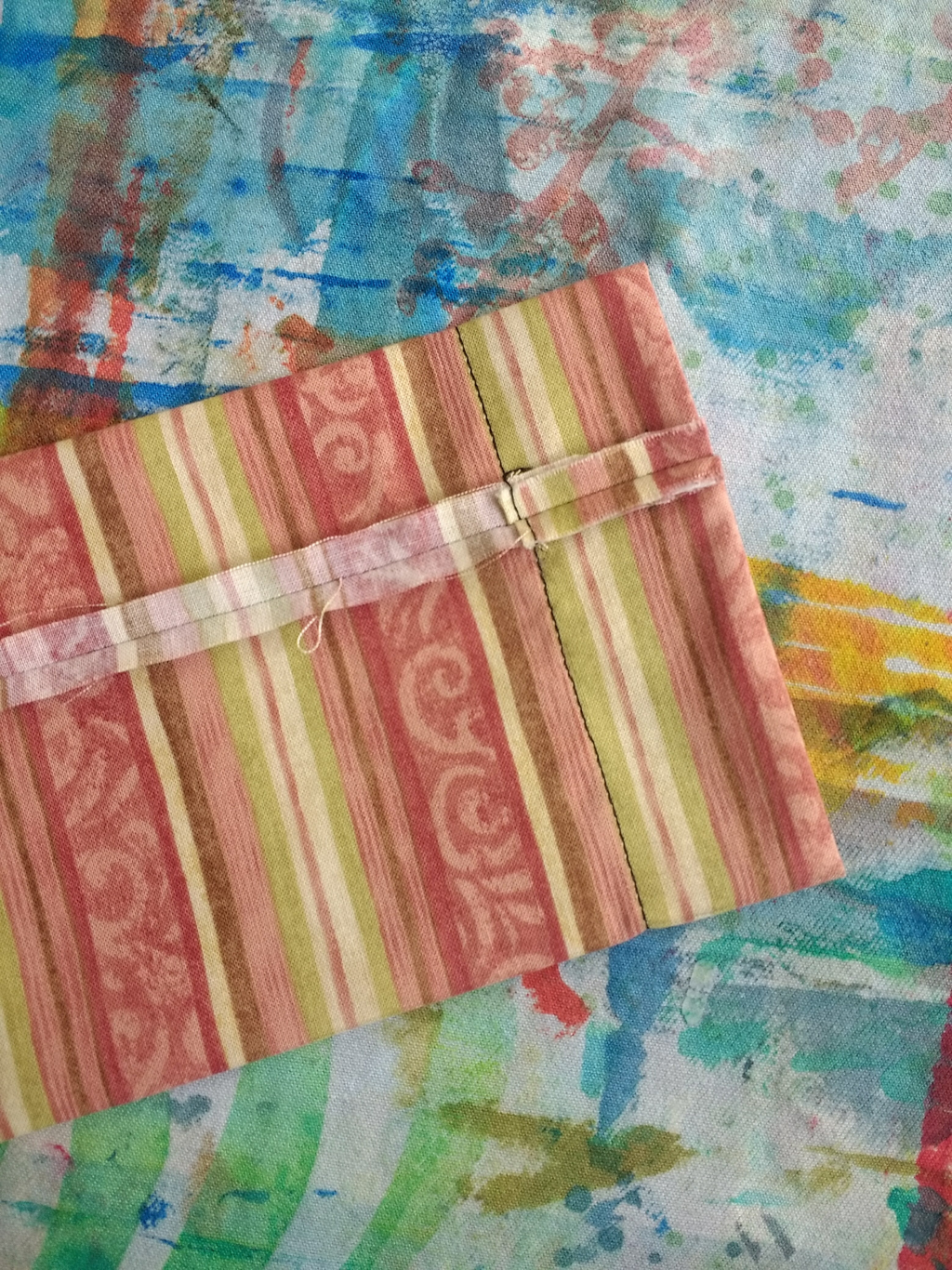
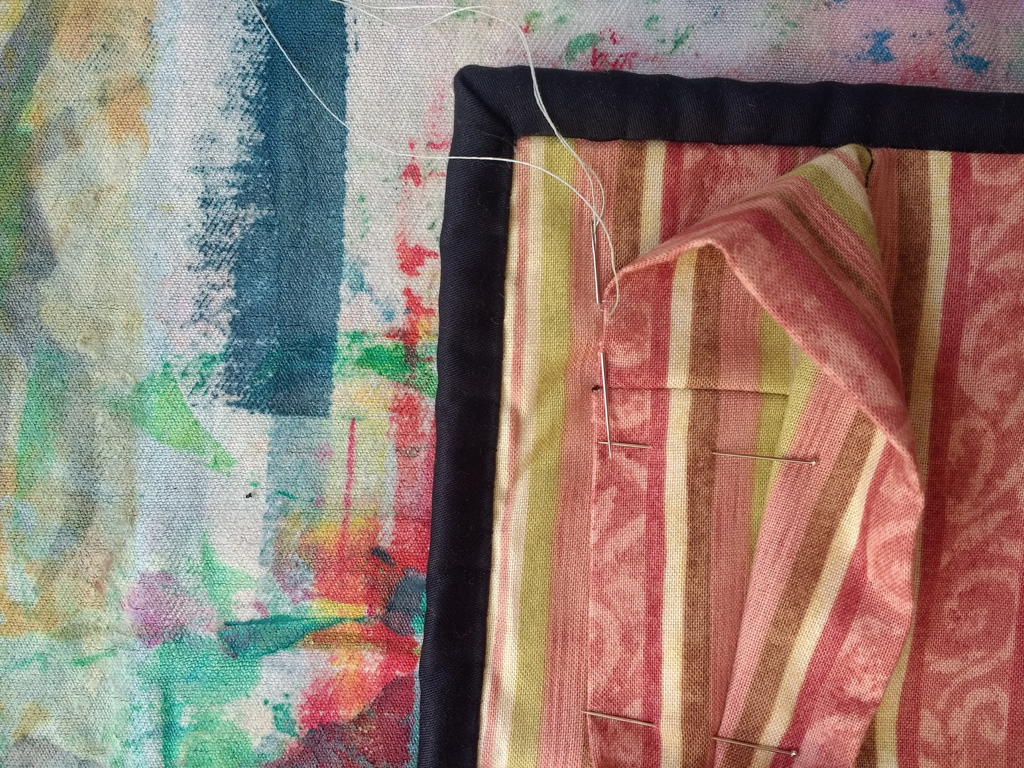
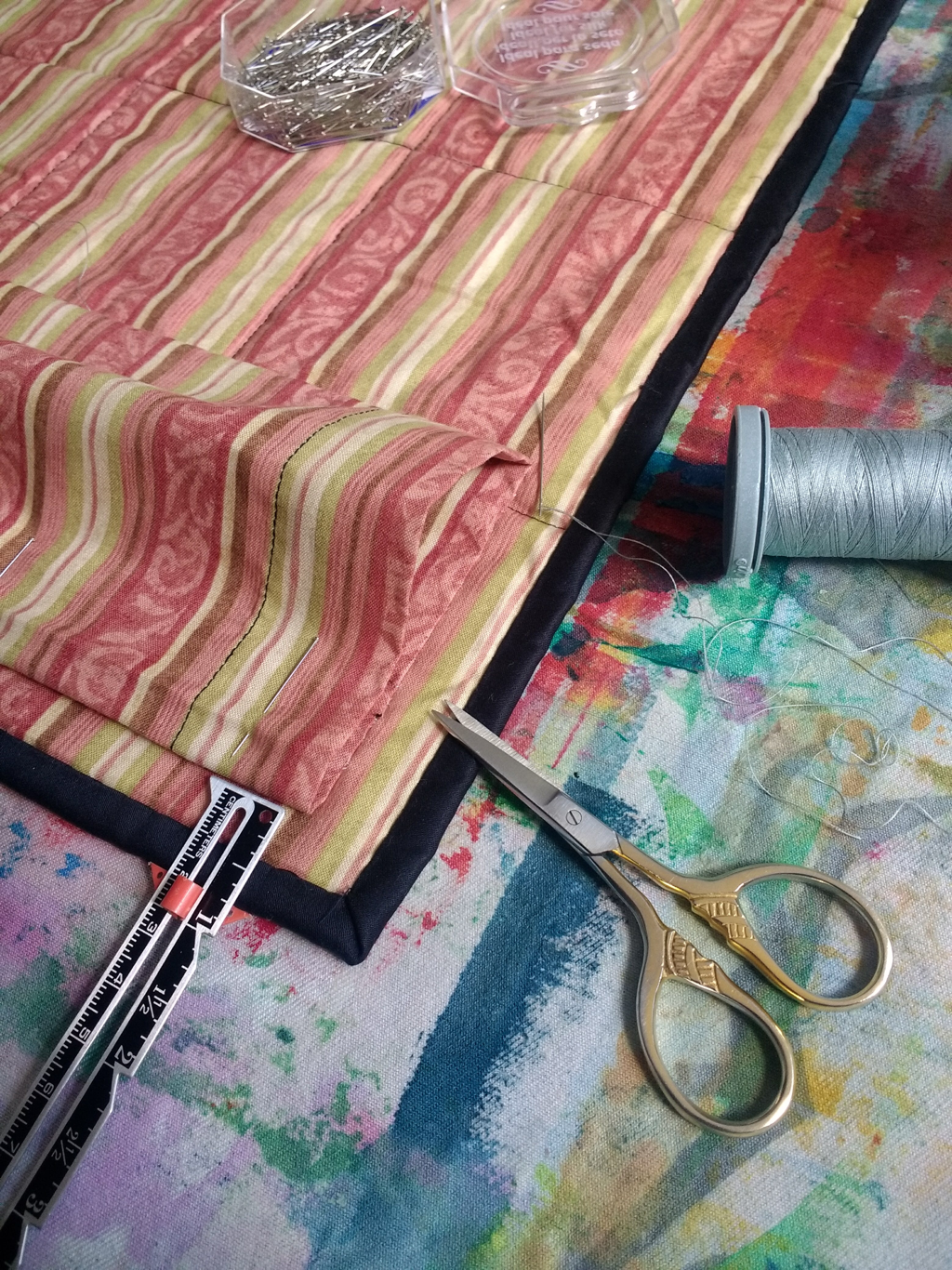
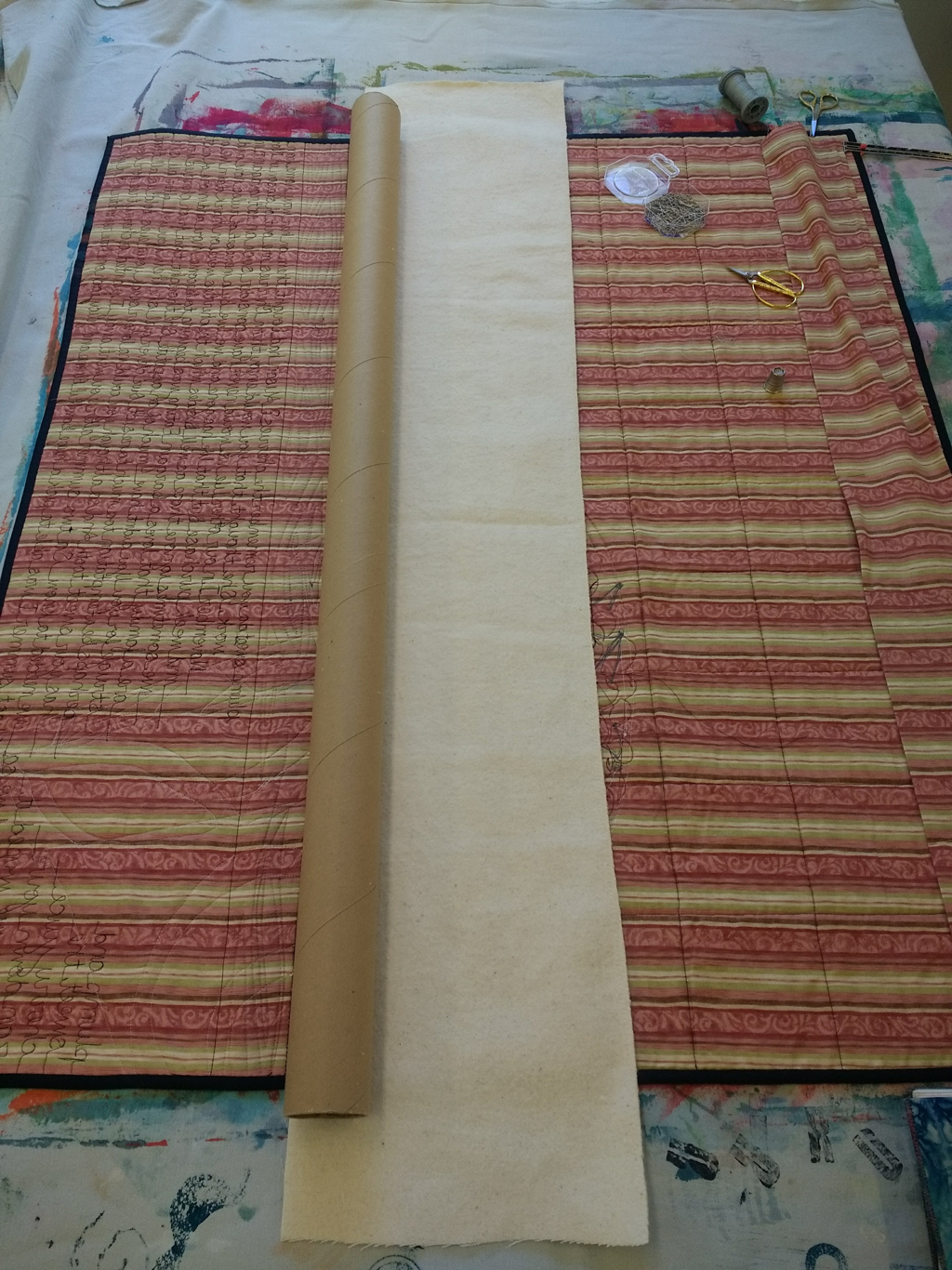
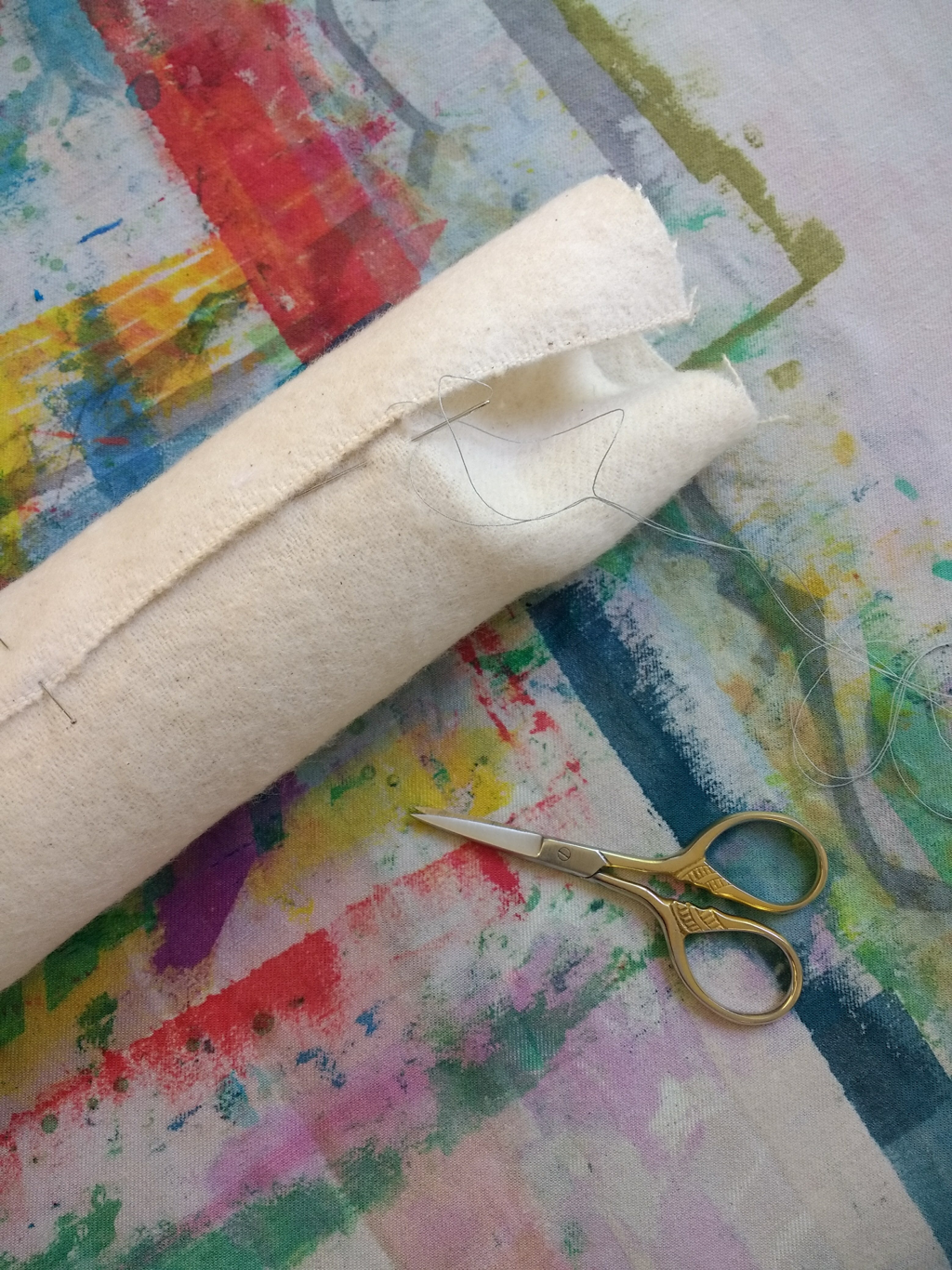
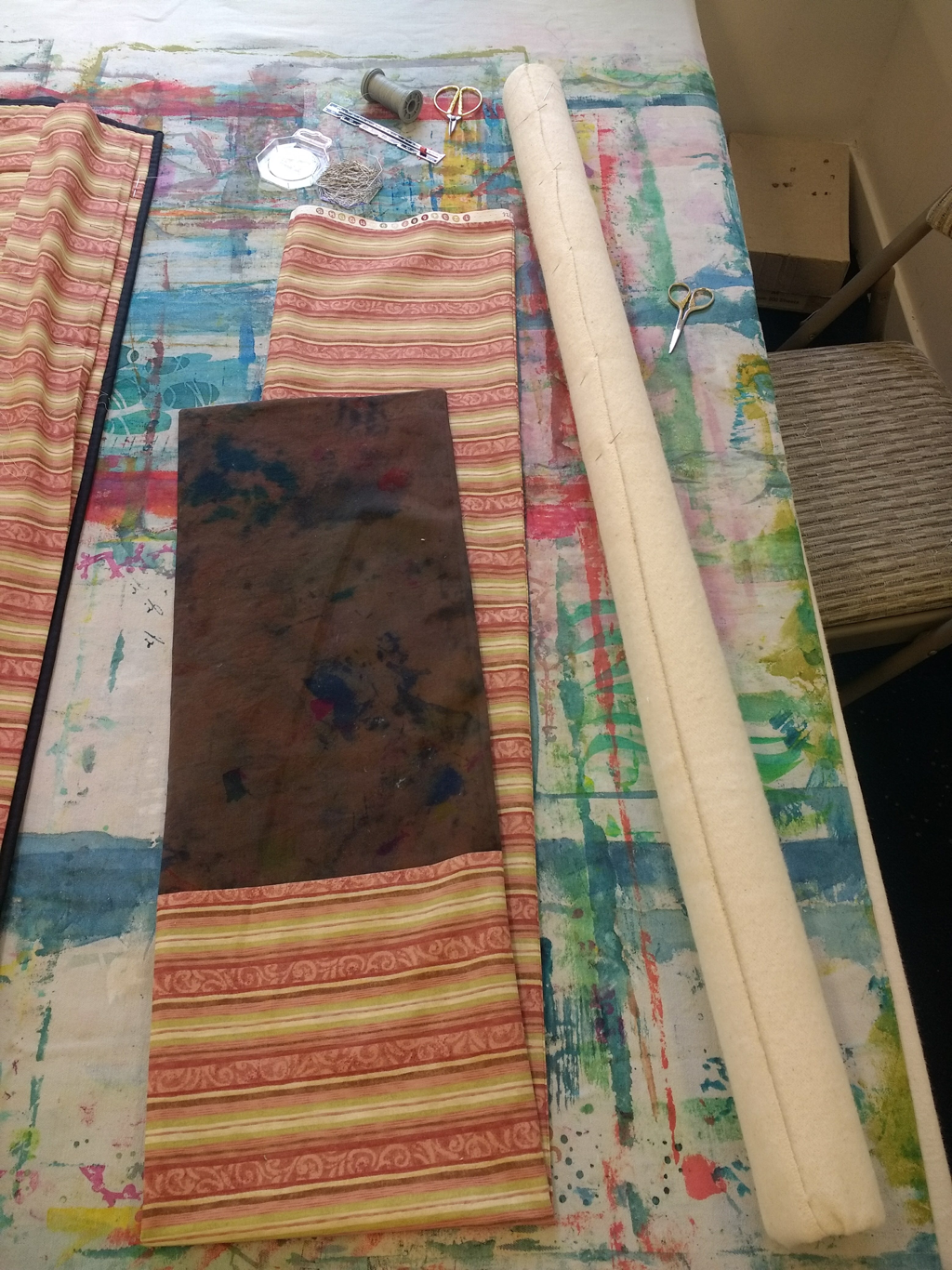

 RSS Feed
RSS Feed
